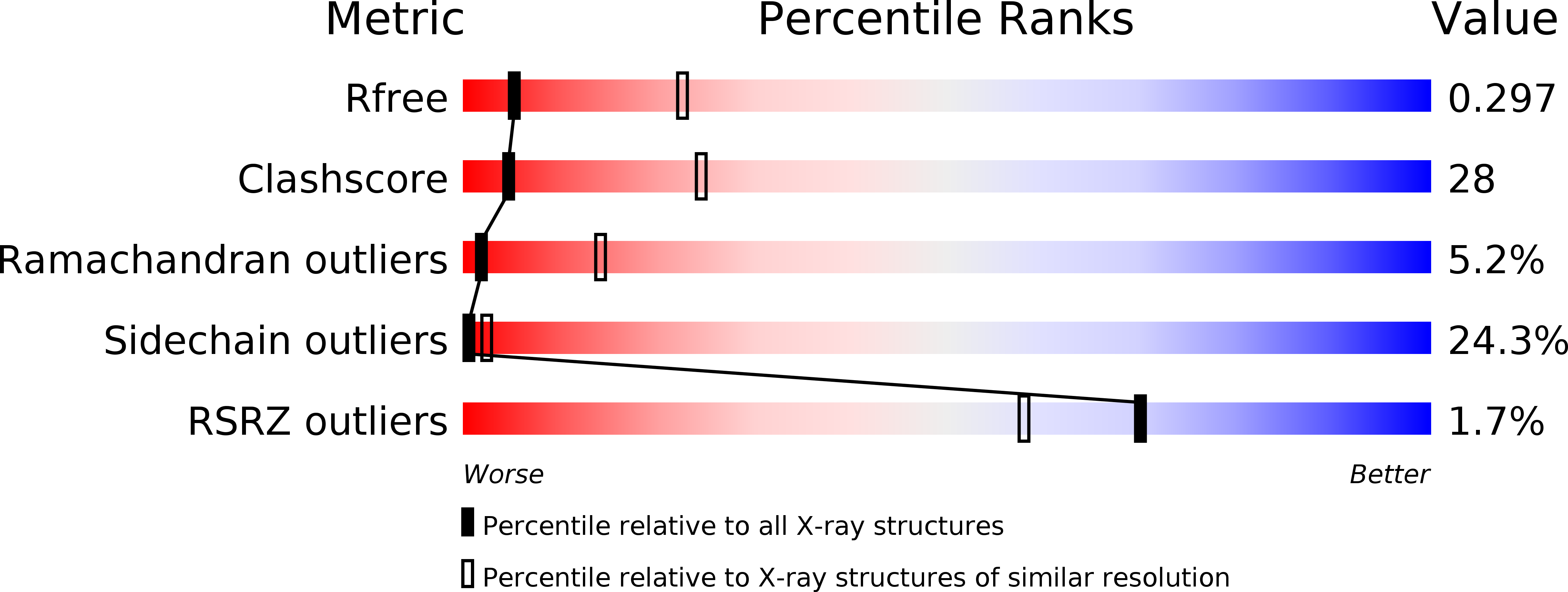
Deposition Date
2004-11-19
Release Date
2005-10-04
Last Version Date
2023-10-25
Method Details:
Experimental Method:
Resolution:
3.21 Å
R-Value Free:
0.29
R-Value Work:
0.26
R-Value Observed:
0.26
Space Group:
C 1 2 1


